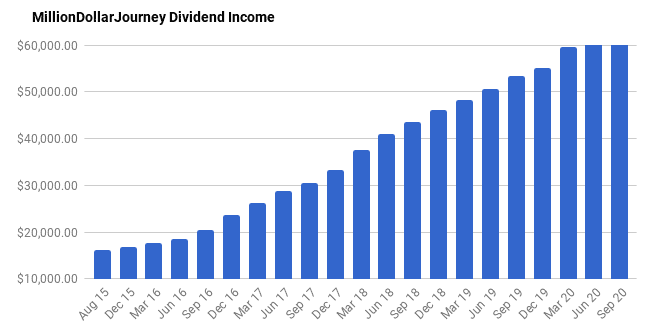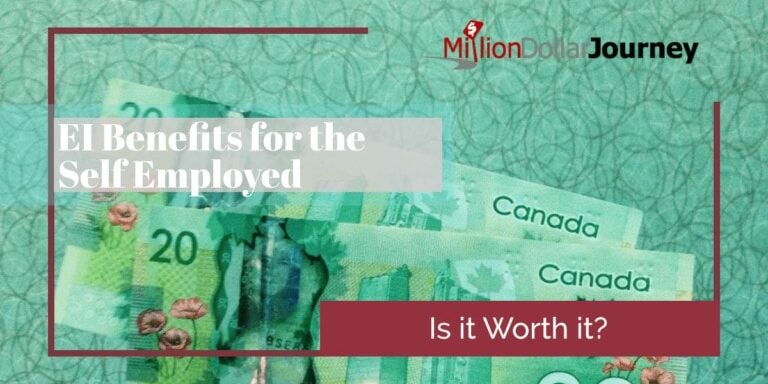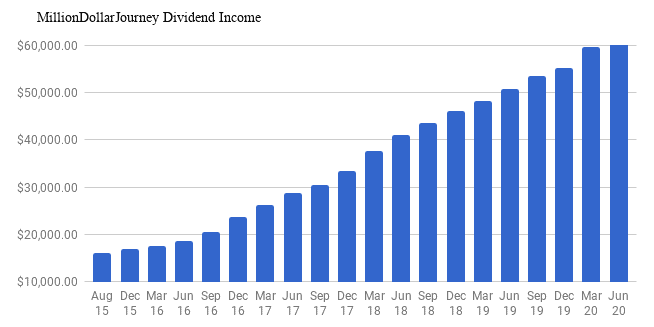Little Known Canadian Benefit Programs – I (Learning Bond, CPP, Grants, NRC)
The federal government offers a number of benefit programs for Canadians – Old Age Security (OAS), Guaranteed Income Supplement (GIS), etc. are well-known while some of them are relatively unheard of. This series will look at a few of the little-known (at least to me) programs in place for our benefit. Please note that this series will only deal with federal programs and each province may offer additional benefits and grants.
Canada Learning Bond
The Canada Learning Bond, through Human Resources and Skills Development Canada, offers $500 to modest-income families with a child born in or after 2004 to start saving for their education after high school. On top of the one-time $500 grant, families will also receive an extra $100 annually until the child turns 15. So, a family is eligible to receive $2000 (excluding compounding), without having to contribute any of their own money for the cause, plus $25 to help with the cost of opening an RESP account. The money can be used to pay for the child’s education (full-time or part-time) in a trade school, college, or university but the money will have to be returned to the government if the child does not pursue post-secondary education.
Canada Pension Plan (CPP) Child-Rearing Provision
A parent may be forced to quit work or reduce their working hours to take care of their toddler. If such a parent’s income stopped or was reduced due to their need to become the primary caregiver for their child under 7 years of age, then they are eligible to apply for the CPP child-rearing provision. Upon approval, the years spent by the parent as the caregiver are excluded from CPP calculations to ensure that they will receive the highest possible payment.
Grant for Students with Dependents
This grant offers financial assistance to persons who are students while supporting dependent children under the age of 12 at the period of the study start date. Any full-time post-secondary study of at least 12 weeks leading to a diploma, certificate or degree at a designated institution is eligible. Other eligibility criteria include applying and qualifying for the Canada Student Loan and being part of a low-income family as set forth by the Canada Student Loans Program.
If a person qualifies for the Canada Student Loan, then they will automatically be assessed to determine their eligibility for the Grant for Part-Time Studies through which a part-time student may be able to receive up to $1200 per academic year.
NRC Student Employment Program
The National Research Council Canada (NRC) provides post-secondary students with practical work experience in challenging environments through their Student Employment Program. Students gain access to excellent tools, facilities and knowledge-base in various fields including research and development, marketing, sciences, etc. These positions are available on a full-time and part-time basis to students of a recognized institution who possess a high school diploma with at least a B+ average. NRC entertains online applications throughout the year.
Common Experience Payment
The Common Experience Payment (CEP) is part of the Indian Residential Schools Settlement Agreement that acknowledges the experience of studying at an Indian Residential School and its significance. Applicants who qualify may receive $10,000 for the first residential academic year at one or more residential schools; additionally, they may be eligible to receive $3000 for each following academic year spent at one or more residential schools. All former student residents from a recognized school, who were alive on May 30, 2005, will be eligible for the CEP, provided they did not opt out or were deemed to have not opted out of the settlement agreement.
Have you qualified for any of the above benefits? Did you encounter any obstacles in applying for and receiving them?
About the Author: Clark works in Saskatchewan and has been working to build his (DIY) investment portfolio, structured for an early retirement. He loves reading (and using the lessons learned) about personal finance, technology and minimalism. You can read his other articles here.
I've Completed My Million Dollar Journey. Let Me Guide You Through Yours!
Sign up below to get a copy of our free eBook: Can I Retire Yet?










Darn, I need a kid to start cashing in on this :(
@saveddijon: Thanks for the insight.
@Ross Banal: Thanks!
@wannabemom:You may not qualify for the CPP child benefit (if you give birth during school) but you might become eligible for the Grant for Students with Dependents (of course, this would depend on your family income and whether you have a Canada Student Loan).
Awesome list. Thanks so much. I didn’t even know about some of these. I am definitely going to look into them; especially the one on child rearing.
Great article…very informative!
It would be better to work full time for a year before I pregnant?
I’m a student. And I want to have a baby during the school year. That means, I can’t get much CPP benefits?
Another perhaps less-well known program: the CPP Child Disability Benefit.
The way this worked: if you are retired on medical grounds (disability) then you can get a benefit that is paid to a child in full-time attendance at university. Why an able bodied child should benefit from father’s disability is beyond me, but that’s the way it worked.
The fun part: this benefit is treated as pension income, and is taxed in the hands of the child. Back in the day when I was eligible to receive it, you were also able to roll over pension income into an RRSP. And that’s exactly what I did: at age 20, I rolled my Canada pension income over into my RRSP :-)